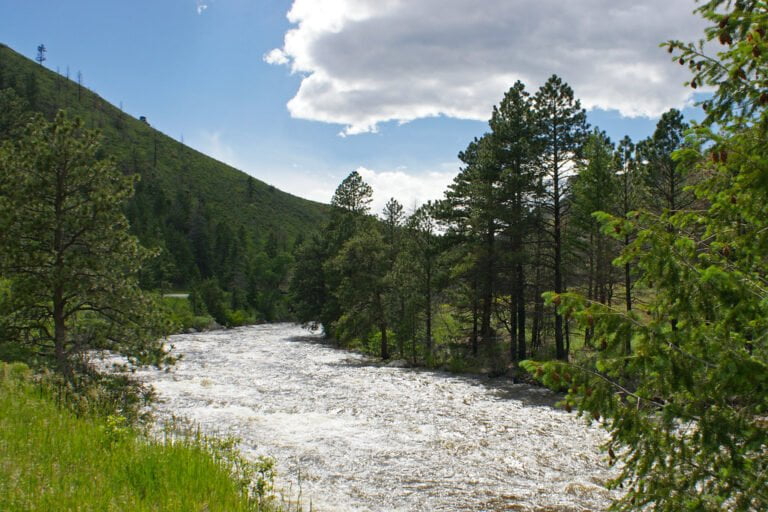Can You Go Backpacking in Sequoia National Park?
Sequoia National Park offers a diverse range of backpacking opportunities, from leisurely strolls through Giant Forest to more demanding treks across the Sierra Nevada high country. However, careful planning is essential to guarantee a successful and enjoyable trip. Remote wilderness terrain and unpredictable weather demand careful route selection, campsite reservations, and logistics. By researching trails, obtaining necessary permits, and packing essential gear, backpackers can minimize risks and maximize their experience. To get the most out of your trip, it's vital to understand the intricacies of backpacking in Sequoia National Park, and the importance of staying safe, respecting park rules, and being prepared for emergencies.
Planning Your Backpacking Trip
A well-planned itinerary is crucial to a successful backpacking trip in Sequoia National Park, where remote wilderness terrain and unpredictable Sierra Nevada weather demand careful consideration of route selection, campsite reservations, and logistics. Begin by choosing a route that suits your experience level and physical abilities, considering factors such as elevation gain, mileage, and access to water sources. Research campsites and make reservations in advance, especially during peak season. Plan your itinerary around weather patterns, avoiding exposed ridges and high-altitude campsites during thunderstorm season. Finally, prepare for contingencies, packing essential gear and knowing how to respond to emergencies. By meticulously planning your trip, you can guarantee a safe and enjoyable backpacking experience in Sequoia National Park.
Obtaining Necessary Permits
With a well-planned itinerary in place, the next step in preparation for your backpacking trip in Sequoia National Park is to obtain the necessary permits, which serve as a key component in the park's wilderness management strategy. These permits help park rangers to monitor and manage the impact of backpackers on the park's sensitive environment.
To obtain a permit, you'll need to:
- Submit an application through the park's website or in person at the park's visitor center.
- Pay the required fee, which currently stands at $10 per person.
- Specify your itinerary, including your entry and exit points, as well as your campsite locations.
- Pick up your permit at the designated location, which will be indicated when you submit your application.
Remember to plan ahead, as permits can be in high demand during peak season.
Choosing the Right Trail
Sequoia National Park's vast wilderness area presents a diverse array of trails, each offering unique experiences and challenges, making it essential to carefully select a route that aligns with your backpacking goals and skill level, allowing you to plunge into the adventure of your choice. Consider factors such as distance, elevation gain, and terrain difficulty to guarantee a compatible match. The High Sierra Trail, for instance, spans 72 miles and takes approximately 7-10 days to complete, while the Alta Peak Trail offers a shorter, more challenging ascent to the highest peak in the park. Research and review trail descriptions, maps, and park regulations to make an informed decision, certifying a safe and enjoyable backpacking experience in Sequoia National Park.
Packing Essential Gear
Carefully curating a backpack with essential gear is essential to traversing Sequoia National Park's wilderness safely and efficiently. As you prepare for your backpacking adventure, prioritize the following must-haves:
- Water filter or purification tablets: Certify access to safe drinking water throughout your journey.
- First aid kit: A basic kit should include bandages, antiseptic wipes, pain relievers, and any personal medications.
- Map and compass: Even with a GPS device, a physical map and compass can be a lifesaver in remote areas.
- Headlamp or flashlight: A reliable light source is pivotal for charting a course in the dark and setting up camp.
Remember to check the weather forecast and adjust your packing list accordingly. A well-stocked backpack will help you tackle Sequoia's wilderness with confidence.
Staying Safe in the Wilderness
When venturing into the vast wilderness of Sequoia National Park, it is crucial to be aware of your surroundings and take necessary precautions to mitigate potential risks. Be prepared for changing weather conditions, including sudden thunderstorms and rapid temperature drops. Bring layers, a waterproof jacket, and a reliable weather forecast device. Additionally, be mindful of wildlife, including bears, mountain lions, and snakes. Make noise while hiking, store food and trash properly, and avoid approaching or feeding animals. Bring a first aid kit and know how to use it. Finally, inform someone of your itinerary and expected return time, and stay on designated trails to minimize the risk of getting lost. By taking these precautions, you can minimize risks and safeguard a safe and enjoyable backpacking experience in Sequoia National Park.
Respecting Park Rules and Regulations
In addition to taking personal safety measures, it is just as vital to respect the park's rules and regulations, which are in place to preserve the natural environment and protect both visitors and wildlife. By adhering to these guidelines, you can help maintain the park's pristine condition and guarantee a safe and enjoyable experience for yourself and others.
- Campfires: Only allowed in designated campsites and must be fully extinguished before leaving.
- Food Storage: Store food and scented items in airtight containers to prevent wildlife encounters.
- Trail Closures: Obey all trail closures and signs, as they are in place for your safety and the protection of the environment.
- Permits: Obtain the necessary permits and follow all requirements for backcountry camping and hiking.
Preparing for Emergency Situations
One of the most critical components of a successful backpacking trip in Sequoia National Park is being prepared for emergency situations, which can arise unexpectedly and without warning. It's essential to carry a first-aid kit with basic supplies, such as bandages, antiseptic wipes, and pain relievers. Additionally, know how to use these items properly. Bring a reliable means of communication, such as a satellite phone or a personal locating guidepost, in case of an emergency. It's also vital to have a plan in place for charting a course back to civilization or signaling for help. Finally, inform park rangers or a trusted friend or family member of your itinerary, including your planned route and expected return date. This preparation will help guarantee a safe and enjoyable backpacking experience in Sequoia National Park, and it will serve as a guiding light for traversing the wilderness.



